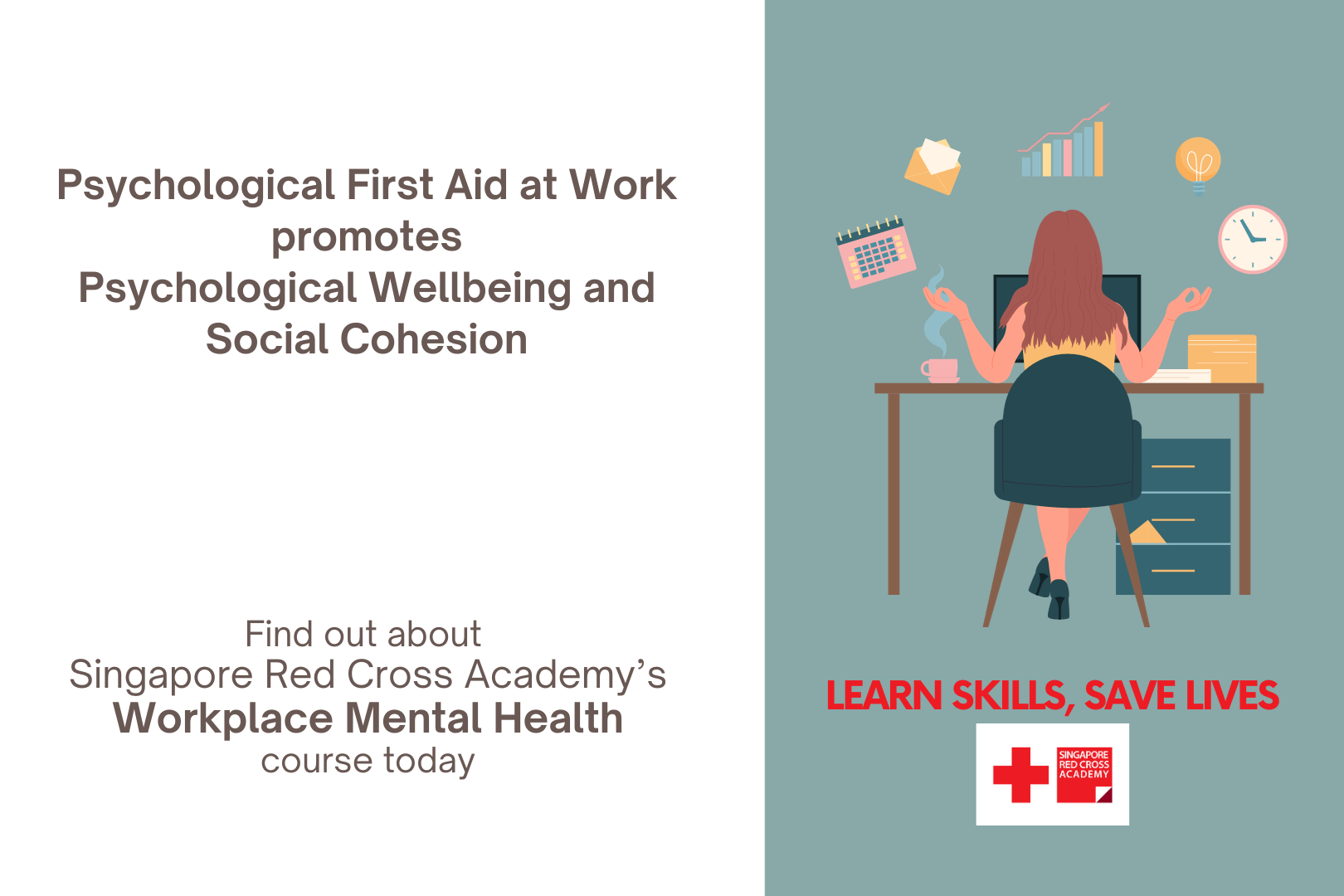
Is your organisation navigating the challenges of poor team performance, high turnover, or the inability to retain millennial and Gen Z employees?
If you are a HR or C-Suite leader, you may be concerned about the mental health of the employees in your organisation. You may be keen to learn about the concrete steps you can take to manage and improve the corporate mental well-being of your company.
Here are three of the most fundamental steps you can take to start your journey to better workplace mental health.
1. Dispel Workplace Stigma
As organisations embrace a more holistic and humanistic approach to ensuring their employees' mental well-being, the challenge they face is to dispel the stigma associated with employees asking for help in managing their mental health. As organisations identify causes and conceive ways to avert burnout, employees may conceal the stress levels experienced, in the belief that it will preserve their job security.
Trust, therefore, needs to be built between employer and employees to create psychologically safe work environments that are mutually beneficial for both employees' mental health and well-being, and organisational goals. For example, current research reported that members of high performing teams in organisations attributed high levels of psychological safety within their teams, and often cite it as one of the most critical factors to their stellar performance at work.
2. Peer Support Initiatives
Peer support networks in the workplace encourage employees to connect with their peers for support and understanding. This fosters a sense of camaraderie, teamwork, and cooperation within teams and departments. In an increasingly fractured workplace where work is more hybrid and remote, the need for peer support, human-centric processes and an expanded HR role to take on workplace mental health responsibilities, becomes an even greater imperative for organisational functioning.
3. De-Stigmatising Language
Some of the more effective and visible ways to dispel workplace stigma is to pay greater heed to the language used at the workplace. By encouraging more courteous, inclusive and non-stigmatising language, we can foster a more empathetic workplace. By pointing out flippant use of stigmatising terms like ‘crazy’, ‘mad’ or ‘premenstrual’, employees in the organisation can be reminded that their words have impact and can affect the emotional health of others. Campaigns in the workplace should focus on empathy, positive language and dispelling stigma of mental health issues as a first step to normalising discussions on the mental health of the organisation.
While government agencies adopt a stringent stance in protecting employee rights where physical violence and sexual harassment are concerned, the time has come for employees' mental health to receive a corresponding level of consideration. Currently, the guidelines by the Ministry of Manpower's (MOM) Occupational Safety and Health (OSH) regulations cover physical violence and sexual harassment, amongst other aspects. Employers are encouraged to implement initiatives to protect employees' mental health. However, there is no mandatory framework in place to ensure that organisations implement initiatives to safeguard the psychological safety and mental well-being of their employees.
It should be a matter of time that the MOM's OSH regulations would be bolstered to incorporate employee mental health, as mental health and well-being gain traction in the community.
Written by Stella Lim, Marketing & Communications
Copyedited by Carmen Wong, Centre for Psychosocial Support, Singapore Red Cross Academy, and Sondra Foo, Marketing & Communications
|
Learn the strategies your organisation can adopt to embrace workplace mental health. Check out Singapore Red Cross Academy’s Centre for Psychosocial Support. Alternatively, call 65 6664 0500 or email academy@redcross.sg to learn more about Psychological First Aid. |

